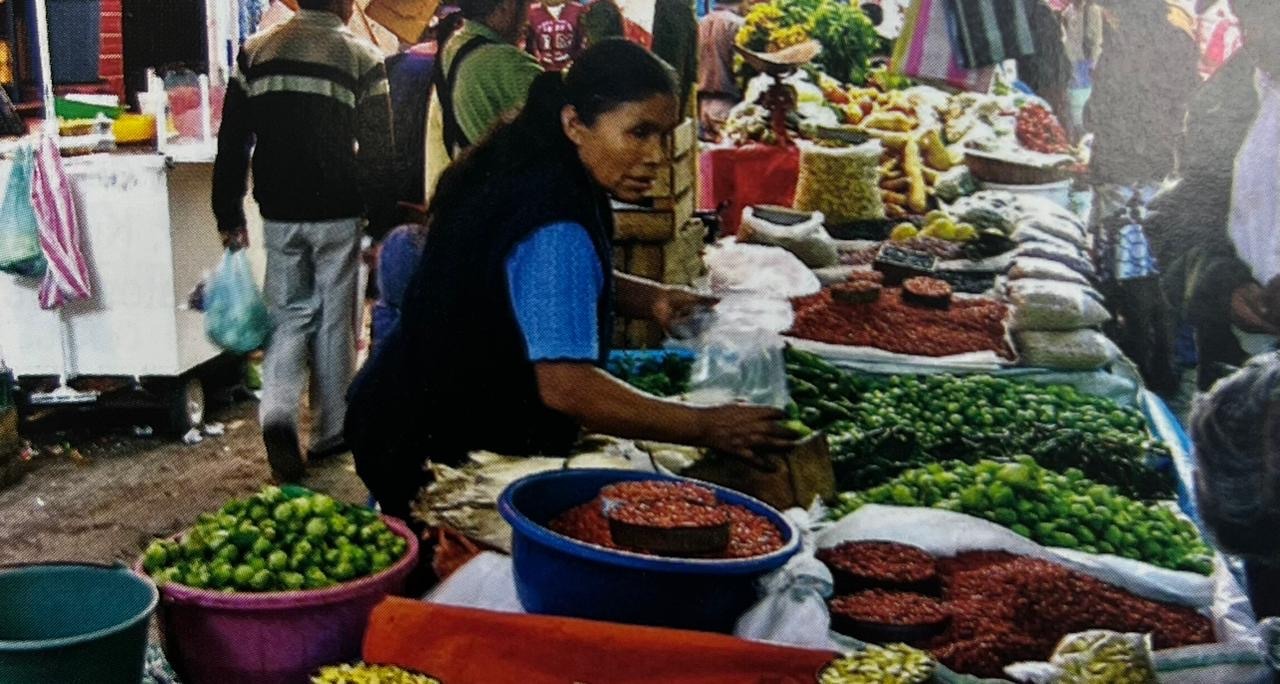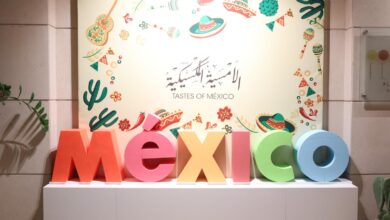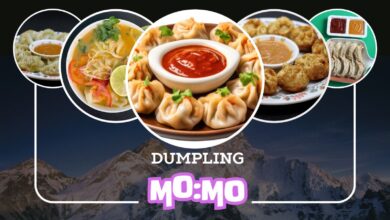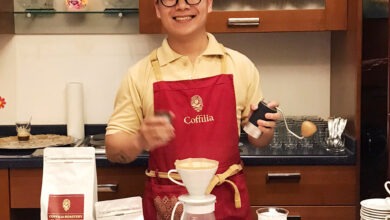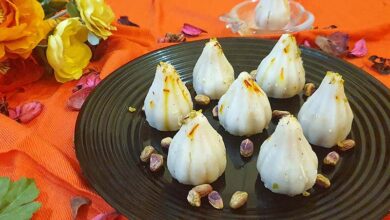Food journeys of a life time: Mexico & Reunion Island
Extraordinary places to eat around the globe
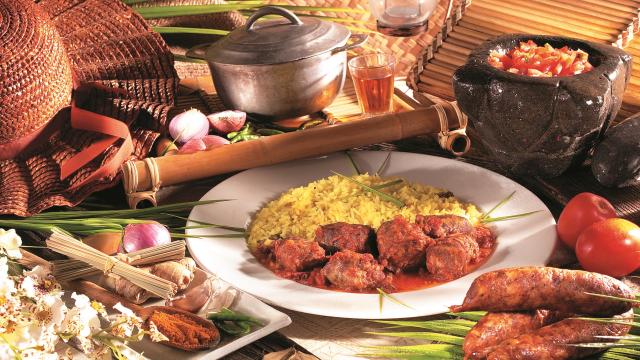
Eating is part of what makes travel so exhilarating. When one thinks of a place, one of the memorable experiences recalled is either because of the food eaten or the people one has shared it with they eat, where and how they source their food, what gastronomic rituals they observe-all offer telling abroad is more than an intake of calories, it is an exercise in cultural immersion. What people eat, place and plate, this endlessly fascinating adventure will be regularly featured in our pages.
Mexico
The Markets of Puebla
Explore the city where indigenous cooking traditions and Old World ingredients combined to produce modern Mexican gastronomy.
Hundred and twelve kilometers southeast of Mexico City, at the foot of the great volcano Popocatepet, lies the city of Puebla. Built by the Spaniards, this showplace of baroque architecture is surrounded by much older Indian towns.
The inevitable culinary commingling of the two cultures is nowhere more evident than in Puebla’s markets. The aroma of spicy stews being cooked in clay pots over wood fires is joined by the scent of flowers from fields outside the city.
To the clapping of women patting out corn tortillas, a sound called ‘the heartbeat of Mexico’, is added the cry of the vendor, who hawks everything from regional candies to hand-carved wooden spoons. Wind your way through aisles lined with stacks of fruits and vegetables, basketsful of aromatic spices, piles of bright green chilies and dried red ones.
Stop to try the blue corn quesadillas filled with squash blossoms, wild mushrooms, and local cheese. Quench your thirst with an Agua de Jamaica, a refreshing hibiscus flower punch. Get herbal remedies, candles, and amulets from the hierbero (herbalist) and cooking advice from the pollera, whose freshly plucked chickens sit on an intricately embroidered cloth. Then carry your purchases home in a hand-woven market bag.
When to go: A temperate climate makes Puebla a year-round destination. During the day of the Dead (Dia de los Muertos) on November 1-2, markets are filled with the best produce of the harvest season, as well as candy skulls and adornments for family altars.
Planning: One of the oldest and best tianguis (indigenous street market) is held on Sundays and Wednesdays in the pre-Hispanic town of Choula, 12km west of Puebla. At this market, go to the Las Cazuelas stall to buy excellent mole and pipian pastes top take home. These are also sold at the very traditional Mercado Del Carmen in downtown Puebla, located on 21 Oriente Street. While there, try the cemitas, crunchy sesame-topped rolls filled with meat, Oaxaca cheese, avocados, and chipotle chilies.
Websites: www.advantagemexico.com, www.planetware.com, www.mexconnect.com
Other Breton Fare
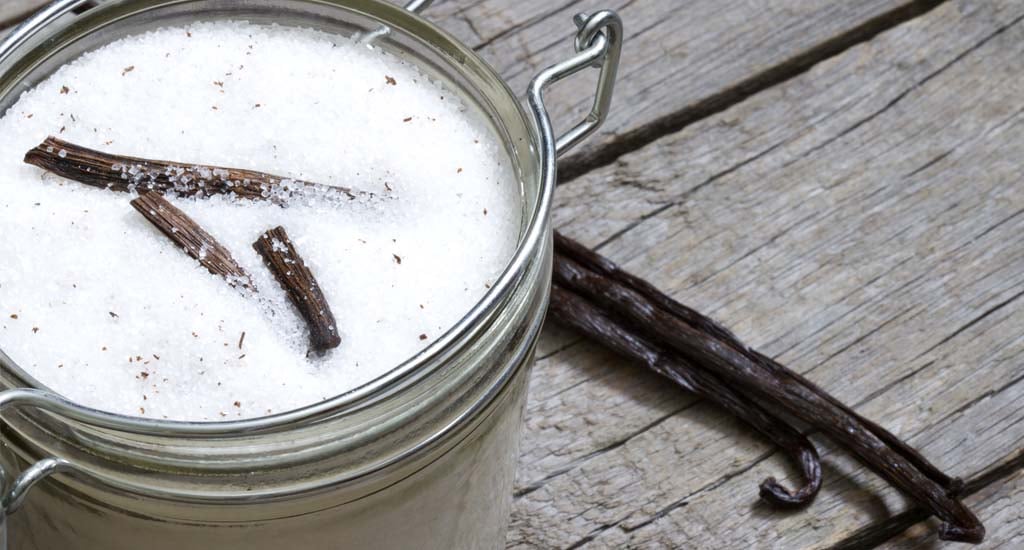
- This vanilla-spiked sugar adds a hit of vanilla to all your recipes. It is delicious sprinkled on strawberries or your morning porridge.
- 450 g sugar and 2 vanilla beans (pods) Pour the sugar into an airtight canister. Using a sharp knife, slice each pod in half lengthwise. Scrape out the seeds and put them into the sugar. Stir to mix. Poke the pods into the sugar, making sure they are completely covered, and seal the canister. After two days, the sugar will take on a vanilla scent and flavor. Use as you would regular Sugar.
- Vanilla sugar keeps for months. As you use it up, top up with more sugar until the beans lose their scent.
Reunion Island

Vanilla
In 1841, a 12-year-old slave boy single-handedly discovered how to make vanilla available to the world.
The boy was one Edmond Alblus, and he had perfected a simple way to artificially pollinate vanilla flowers on the tropical island of Reunion. This made commercial cultivation possible for the first time and spurred a vanilla boom on the islands of the western Indian Ocean. More than 160 years later, vanilla is culinary icon (and major export earner) in Reunion, Madagascar, and the Comoros archipelago. The aromatic plant with thin, dark pods is now also attracting tourists as vanilla plantations have thrown open their gates to curious visitors.
“The temperature and humidity of these islands are ideal for growing vanilla,” says Francois Mayer, manager of Reunion’s Cooperative de Vanille, “Reunion doesn’t produce an awful lot of vanilla compared to places like Madagascar and the Comoros, but we like to think that we grow the best. And the savoir faire, the know-how, comes from Reunion and spread from here to the rest of the world.” At the Cooperative de Vanille, a working plantation near the village of Bras-Panon on Reunion, you can see historical exhibits and vanilla-processing demonstrations.
While most of the vanilla produced on these islands is exported to Europe, the islanders do keep some for themselves. Among typical dishes that you come across in Reunion Creole restaurants are chicken or duck a la vanilla, as well as incredibly tasty vanilla ice cream, crepes, and rum punch.
When to Go: The vanilla growing season lasts from June to December. Toward the end of this period, the pods are cut, collected in baskets from the fields, and taken to the quest to the plantation factories of drying.
Planning: Anyone wishing to visit the vanilla-producing regions of Reunion, Madagascar, and the Comoros will need two weeks; two or three days will suffice if you narrow the quest to just one island destination. The best restaurants are found in Antananarivo (Madagascar) and St. Denis (Reunion); St. Dennis is also the best place for buying local cookbooks with vanilla recipes and various forms of vanilla that can be used for cooking at home.
Websites: www.la-reunion-tourisme.com, www.air-mad.com
Demystifying Mole

- Mole (pronounced moh-lay) is a rich, dark, sweet, and spicy sauce, the product of Spanish-indigenous culinary fusion.
- Mole poblano (mole with turkey chicken) was probably invented or in the 16th century in Puebla’s Santa Rosa convent. Native chilies and chocolate were ground with cinnamon, cloves, and allspice to create a sauce with sophisticated layers of flavor.
- Not all moles contain chocolate. Seed-based mole is called pipian-green when made with pumpkin seeds and fresh chilies, red when made with sesame seeds and dried chilies.





